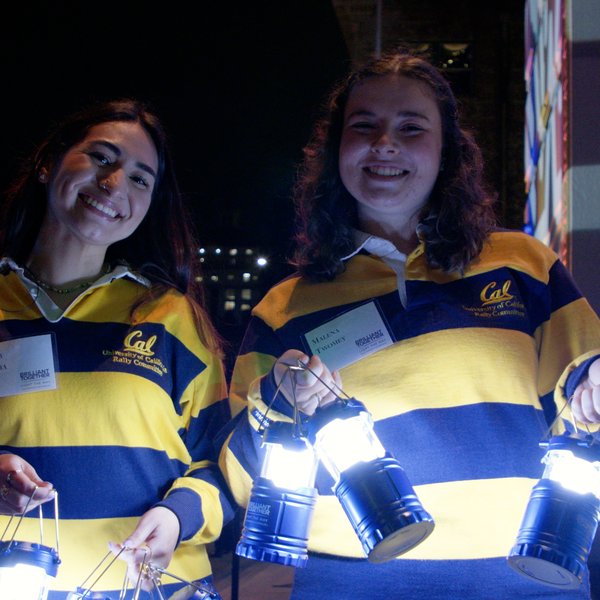The University of California began on March 23, 1868, when Gov. Henry Haight signed an act catalyzing the audacious idea that California should have a great public university — one that would serve equally the children of immigrants and settlers, landowners and industrial barons.
The grand idea started during the Gold Rush in 1849, when the very first state legislature envisioned a university that “would contribute even more than gold to the glory and happiness of advancing generations… It would be the Great Light of the Pacific…” But there was no funding or land for more than a decade.
Then, in 1862 — during a bloody Civil War — President Abraham Lincoln signed the Morrill Act in an effort to create institutions of higher learning and preserve democracy for future generations. The act called for donating public lands to states to finance the establishment of colleges.
With its new funds, California created a public college dedicated to the agricultural, mining, and mechanical arts in 1866 — but it had no campus or buildings. Meanwhile, the private College of California had buildings in Oakland and land in what would become Berkeley — but no money. The founder of the private college offered the land to the state to create a public university.
One year after Gov. Haight signed the charter that created UC, the new university opened in Oakland with 10 faculty members and 40 students. It moved to its first permanent home in Berkeley five years later. Over time, UC has grown to encompass 10 campuses, five medical centers, and three national research labs, with community programs, health services, and other outreach efforts that touch every corner of the state. March 23, aka Charter Day, has long been a day to celebrate the birth of UC and all it has accomplished in pushing forward the boundaries of the possible.
While Charter Day is a celebration of UC’s founding, it is also a day to recognize the once-hidden truths behind it. Land sold through the Morrill Act was expropriated from Native Nations — intricately tying the act to California’s unique history of Native dispossession and genocide. UC continues to benefit from this wealth accumulation today.
Without acknowledging past and ongoing injustices, we cannot fully live up to our mission. We invite you to explore this history further:
— A report on “The University of California Land Grab: A Legacy of Profit from Indigenous Land,” authored by Native American Student Development and the Joseph A. Myers Center for Research on Native American Issues.
— A powerful symposium hosted by Native American leaders and allies called The University of California Land Grab: A Legacy of Profit from Indigenous Land.




